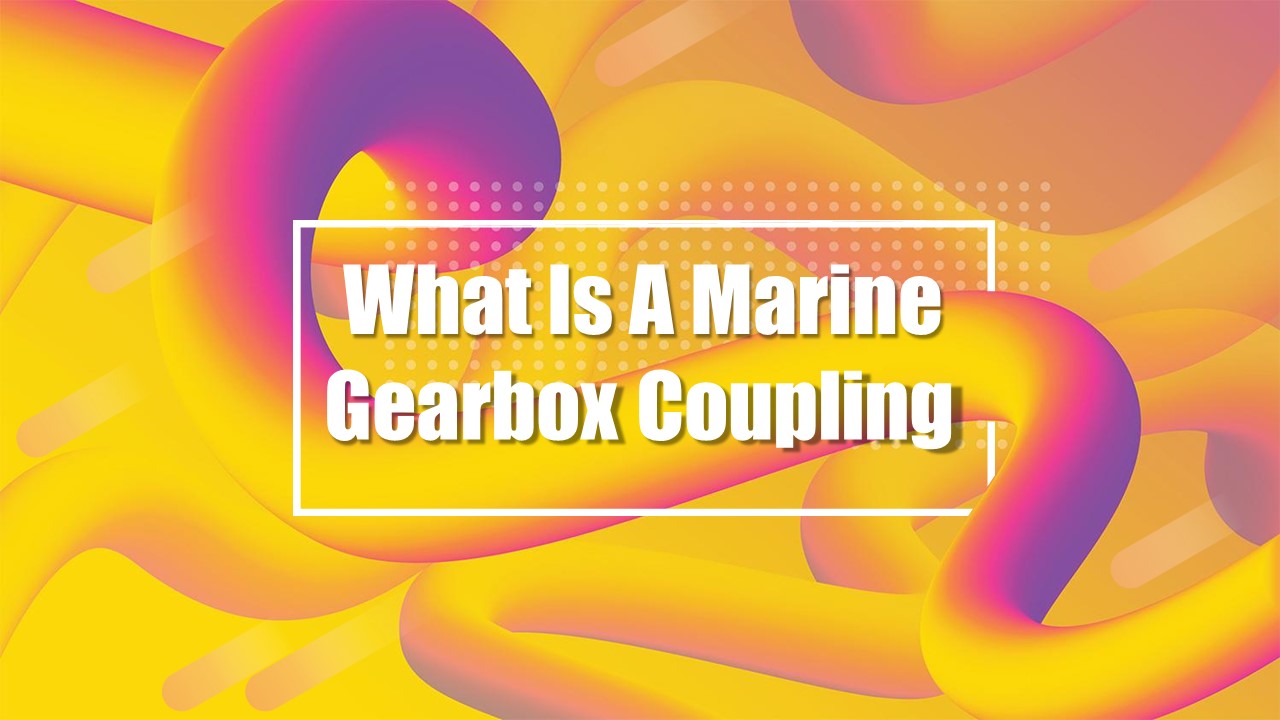What Is A Marine Gearbox Coupling? - PowerPoint PPT Presentation
Title:
What Is A Marine Gearbox Coupling?
Description:
In marine propulsion systems, efficient and reliable power transmission is critical. marine gearbox couplings play a role in connecting the engine and propeller shaft, ensuring a smooth transfer of power and torque. – PowerPoint PPT presentation
Number of Views:1
Title: What Is A Marine Gearbox Coupling?
1
What Is A Marine
Gearbox Coupling
2
What Is A Marine Gearbox Coupling
In marine propulsion systems, efficient and
reliable power transmission is critical. Marine
gearbox coupling
s play a role in
connecting the engine and propeller shaft,
ensuring a smooth transfer of power and torque.
Furthermore, they are also
known as flexible couplings, which compensate for
misalignments and vibrations between the engine
and the propeller shaft
due to various factors such as engine vibrations,
shaft misalignments, and changes in the vessel's
operating conditions.
Importance of Marine Gearbox Couplings
Misalignment Compensation Marine vessels operate
in dynamic conditions, subjecting the propulsion
system to forces that
can cause misalignment between the engine and the
propeller shaft. A flexible coupling absorbs
these misalignments,
ensuring that power transmission remains
uninterrupted. It helps to prevent excessive
stress on the transmission
components, reducing wear and tear and increasing
their lifespan.
Vibration Dampening Marine engines can generate
significant vibrations during operation. These
vibrations can adversely
affect the performance and longevity of the
propulsion system. Like a polyurethane engine
mount
, a high-quality gearbox
coupling acts as a dampening mechanism, reducing
the transmission of vibrations between the engine
and the propeller
shaft. This enhances the comfort of passengers
and crew and minimises the risk of damage to
other components in the
propulsion system.
3
What Is A Marine Gearbox Coupling
Torque Transmission Marine gearbox couplings are
designed to efficiently transmit the torque from
the engine to the
propeller shaft. By providing a strong and
reliable connection, the coupling allows for
smooth power transfer, ensuring
optimal performance and manoeuvrability of the
vessel. It minimises power loss and maximises the
efficiency of the
propulsion system.
Safety and Reliability The reliability of marine
propulsion systems is crucial for the vessel's
and its occupants' safety. A
robust and well-designed gearbox coupling
contributes to the overall reliability of the
propulsion system by maintaining a
consistent power transmission, even under
demanding operating conditions. This helps
prevent sudden failures or
breakdowns, reducing the risk of accidents at sea.
Types of Marine Gearbox Couplings
Marine gearbox couplings come in various types,
each designed to cater to specific requirements
and operating conditions.
Some common types include
Flexible Couplings These are made of elastomeric
materials such as rubber or polyurethane,
providing excellent flexibility to
accommodate misalignments and dampen vibrations.
Gear Couplings Gear couplings consist of toothed
gears that mesh together, transmitting torque
between the engine and
the propeller shaft. They are known for their
high torque capacity and ability to handle
misalignment.
4
What Is A Marine Gearbox Coupling
Fluid Couplings Fluid couplings use hydraulic
fluid to transmit torque. They are highly
efficient and offer smooth power
transmission, but they are less common in marine
propulsion systems than other coupling types
Conclusion
Marine gearbox couplings are essential components
in marine propulsion systems, ensuring the
efficient and reliable
transmission of power and torque between the
engine and the propeller shaft. Polyflex
is one of the well-known marine
manufacturers in Australia. They compensate for
misalignments, dampen vibrations, and facilitate
smooth power transfer.
Partner with them now!
5
What Is A Marine
Gearbox Coupling
Be the first to comment on this presentation.































